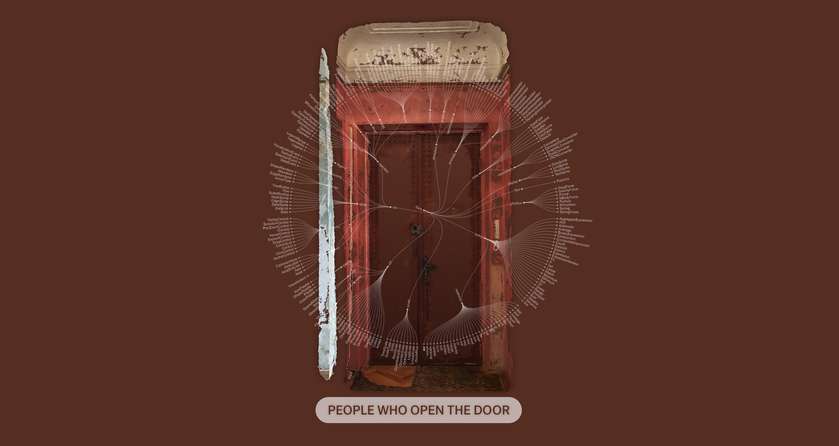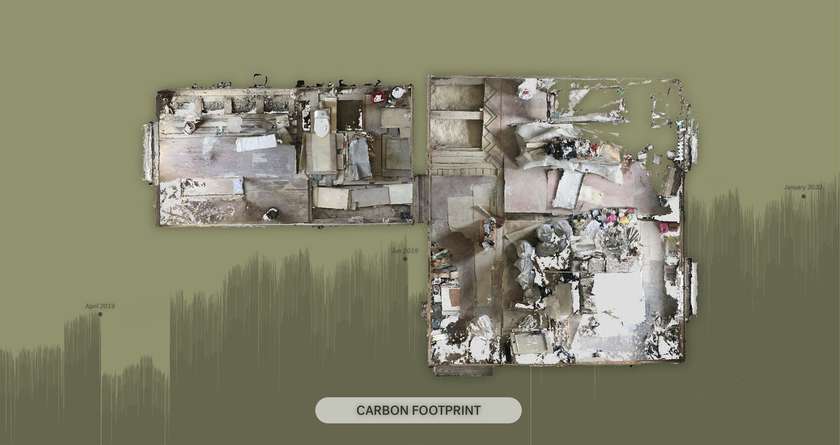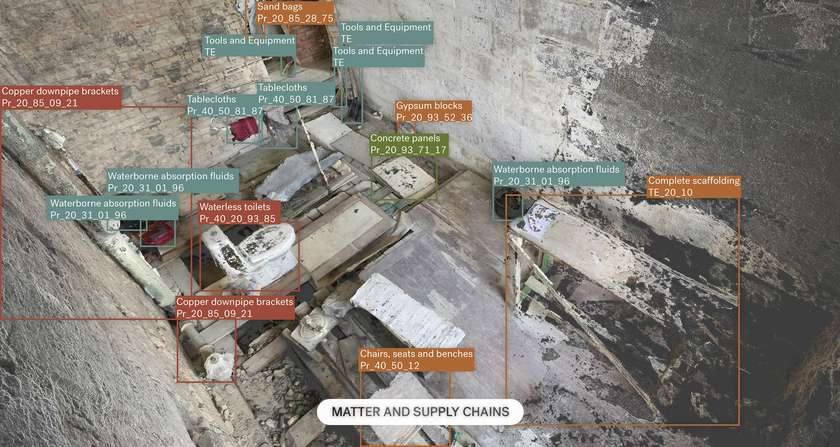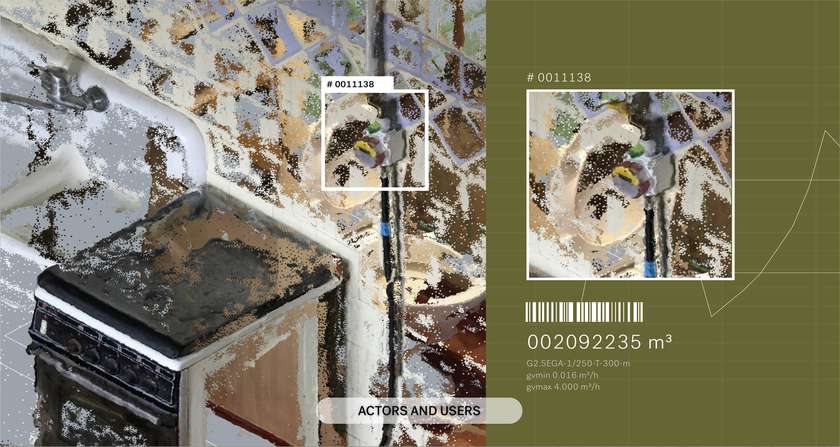Idea by
Mykola Holovko, Orest Yaremchuk, Anastasiia Chaur
Center for Spatial Technologies
Call for ideas 2020
Network Homes
Network Homes
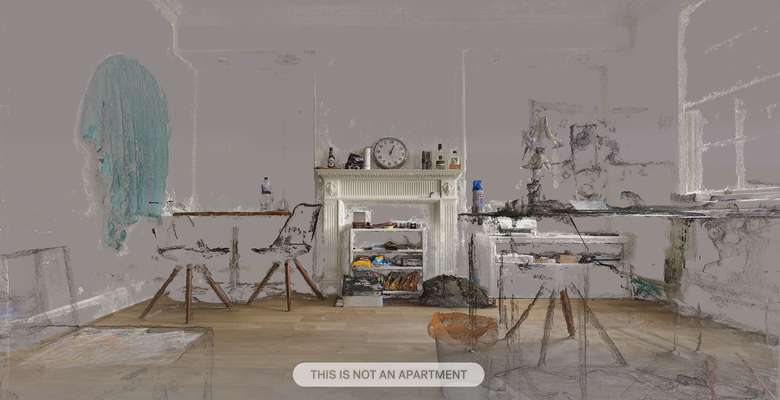
- Systemic changes
Buildings are vast networks of materials and actors that come together in time and space. This ‘networkness’ becomes evident if modelled properly. Where the construction materials are coming from and what is their carbon footprint? How much money products cost and why? How much human labor is needed to make a ‘thing’? Where does the construction waste go? Who ends up using the space and how often? What are the interactions between people and non-human actors within the space? There are many gains in simply making answers to these questions more tangible.
The richer this model becomes, the more space for experiments it is offering. Think Bruno Latour’s model of interplay in his actor-network theory, or Keller Easterling’s active forms IOT IRL - ones you can play with. This is why we are building an interactive digital twin model for our new workspace-home.

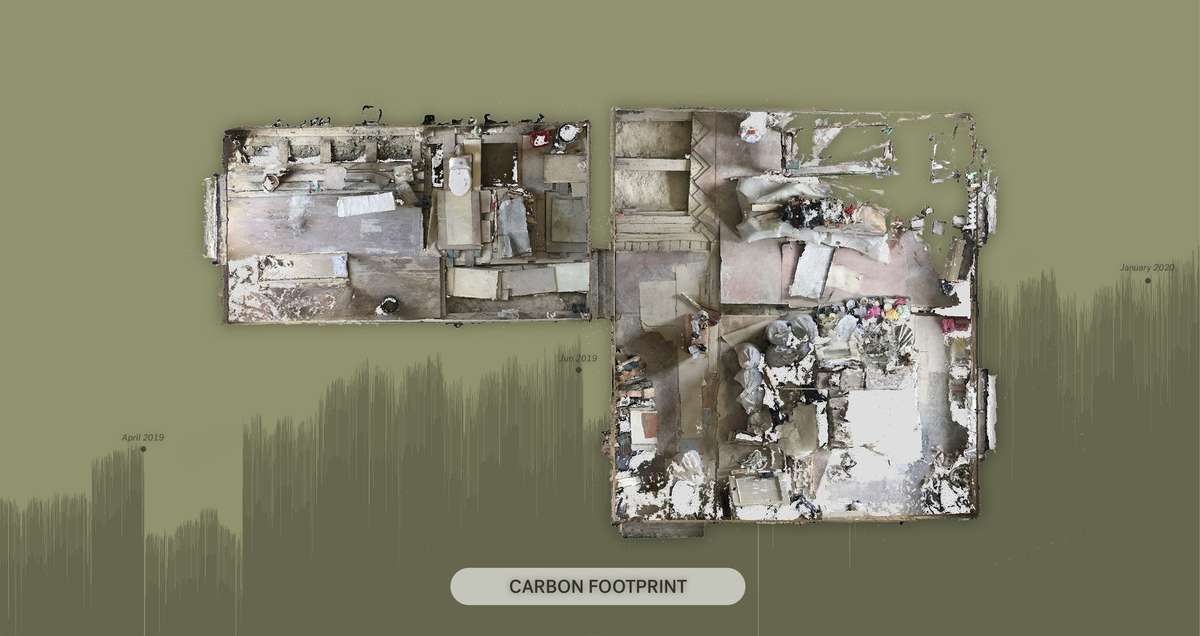
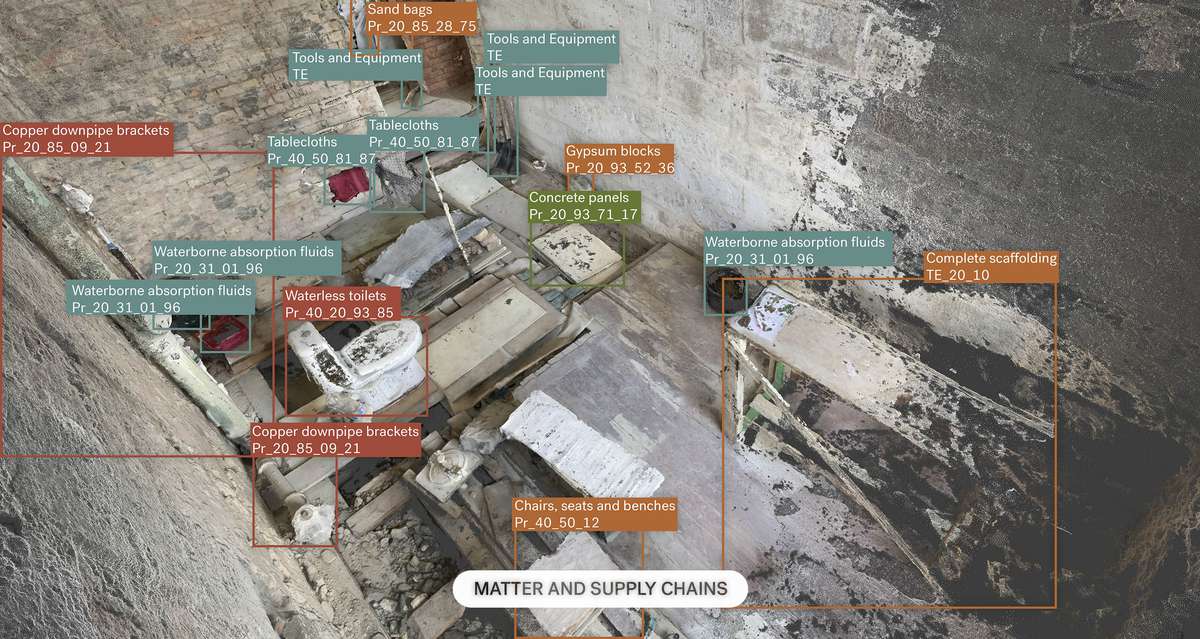
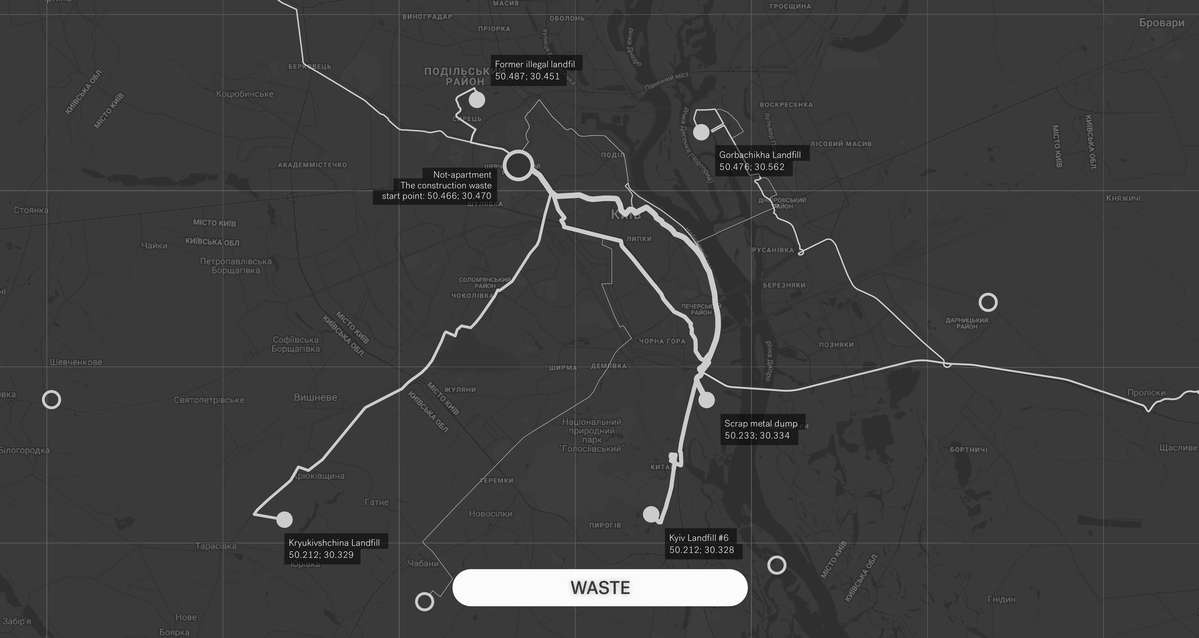
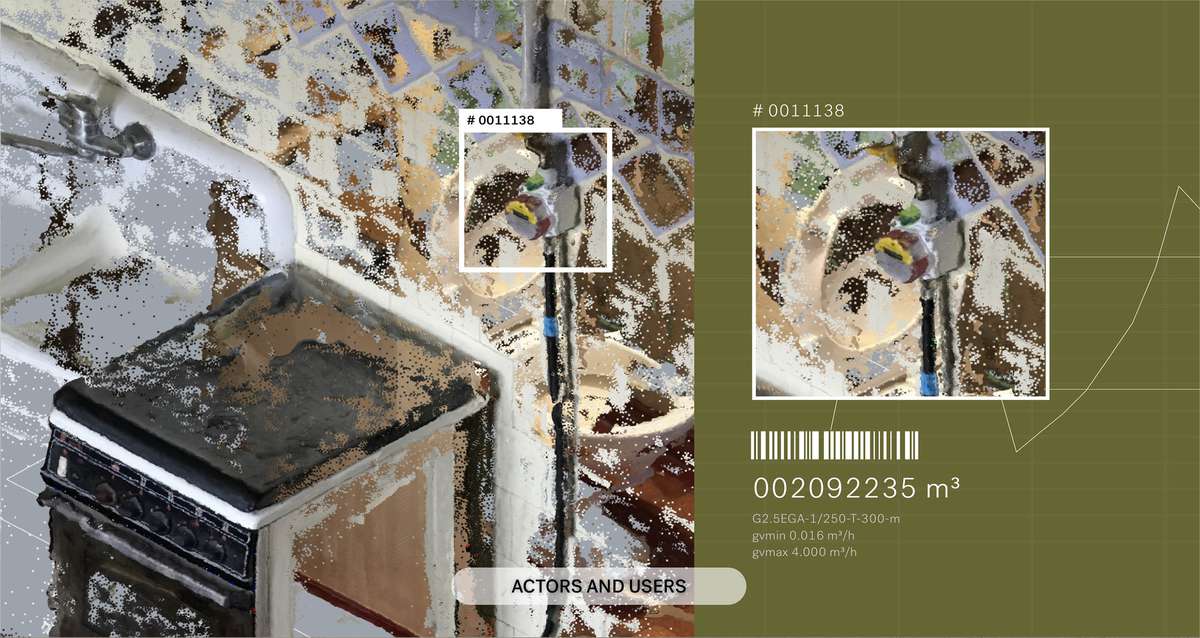
Network Homes
Network Homes

- Systemic changes
Buildings are vast networks of materials and actors that come together in time and space. This ‘networkness’ becomes evident if modelled properly. Where the construction materials are coming from and what is their carbon footprint? How much money products cost and why? How much human labor is needed to make a ‘thing’? Where does the construction waste go? Who ends up using the space and how often? What are the interactions between people and non-human actors within the space? There are many gains in simply making answers to these questions more tangible.
The richer this model becomes, the more space for experiments it is offering. Think Bruno Latour’s model of interplay in his actor-network theory, or Keller Easterling’s active forms IOT IRL - ones you can play with. This is why we are building an interactive digital twin model for our new workspace-home.
